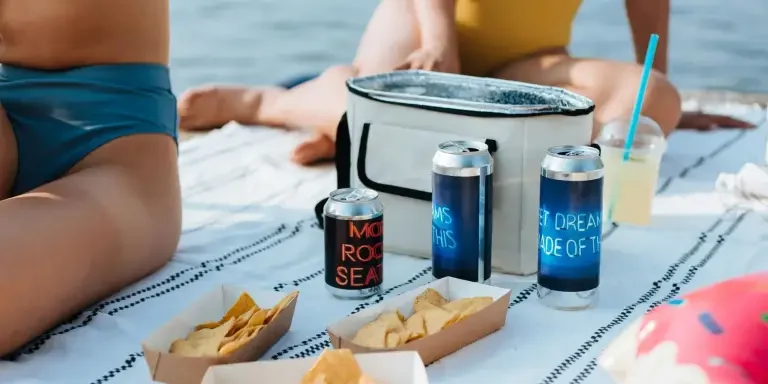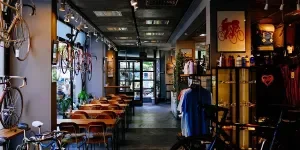Soft coolers have become an essential accessory for outdoor enthusiasts, offering a lightweight and flexible alternative to traditional hard coolers. Their popularity has surged due to their convenience, portability, and ability to keep items cool for extended periods. This article delves into the market overview of soft coolers, highlighting key trends, market performance, and future prospects.
Table of Contents:
Market Overview of Soft Coolers
Innovative Designs and Features of Soft Coolers
Functionality and Convenience: Meeting Consumer Demands
Seasonality and Cultural Influence on Soft Cooler Trends
Market Overview of Soft Coolers

The global market for soft coolers has witnessed significant growth in recent years, driven by increasing outdoor recreational activities and the rising demand for portable cooling solutions. According to a report by Research and Markets, the camping coolers market, which includes both hard and soft coolers, was valued at USD 740.67 million in 2023 and is projected to reach USD 1,099.84 million by 2030, growing at a CAGR of 5.81%.
Data of Market Performance
The soft cooler segment has shown robust performance within the broader camping coolers market. The increasing popularity of outdoor activities such as camping, hiking, and picnicking has fueled the demand for soft coolers. These coolers are favored for their lightweight design, ease of transport, and flexibility, making them ideal for various outdoor settings. The market’s growth is further supported by advancements in cooling technology and materials, enhancing the efficiency and durability of soft coolers.
Regional Insights
The market for soft coolers is geographically diverse, with significant demand observed in regions such as North America, Europe, and Asia-Pacific. North America, particularly the United States, holds a substantial share of the market due to the high prevalence of outdoor recreational activities and a strong consumer preference for innovative cooling solutions. According to Research and Markets, the U.S. market for personal cooling devices, which includes soft coolers, was estimated at USD 1.8 billion in 2023 and is expected to grow steadily.
In Europe, countries like Germany, France, and the United Kingdom are key markets for soft coolers, driven by a growing interest in outdoor leisure activities and a rising trend towards sustainable and eco-friendly products. The Asia-Pacific region is also witnessing rapid growth, with countries such as China, Japan, and Australia showing increased adoption of soft coolers due to the expanding middle-class population and rising disposable incomes.
Key Players
The soft cooler market is highly competitive, with several key players driving innovation and market expansion. Leading companies such as YETI Coolers, LLC, Igloo Products Corp., and Coleman Company, Inc. are at the forefront of the industry, offering a wide range of products that cater to different consumer needs. These companies are investing heavily in research and development to introduce new features and improve the performance of their soft coolers.
YETI Coolers, known for its high-quality and durable products, has established a strong brand presence and loyal customer base. Igloo Products Corp. continues to innovate with its eco-friendly and affordable cooling solutions, while Coleman Company, Inc. leverages its extensive distribution network to reach a broad audience.
Future Trends
The future of the soft cooler market looks promising, with several trends expected to shape its growth. The increasing focus on sustainability and eco-friendly products is likely to drive the demand for soft coolers made from recyclable and biodegradable materials. Technological advancements, such as the integration of smart features and improved insulation, will enhance the functionality and appeal of soft coolers.
Moreover, the growing popularity of personalized and customized products will create new opportunities for manufacturers to offer tailored solutions that meet specific consumer preferences. As outdoor recreational activities continue to gain traction, the demand for versatile and high-performance soft coolers is set to rise, ensuring a positive outlook for the market in the coming years.
Innovative Designs and Features of Soft Coolers
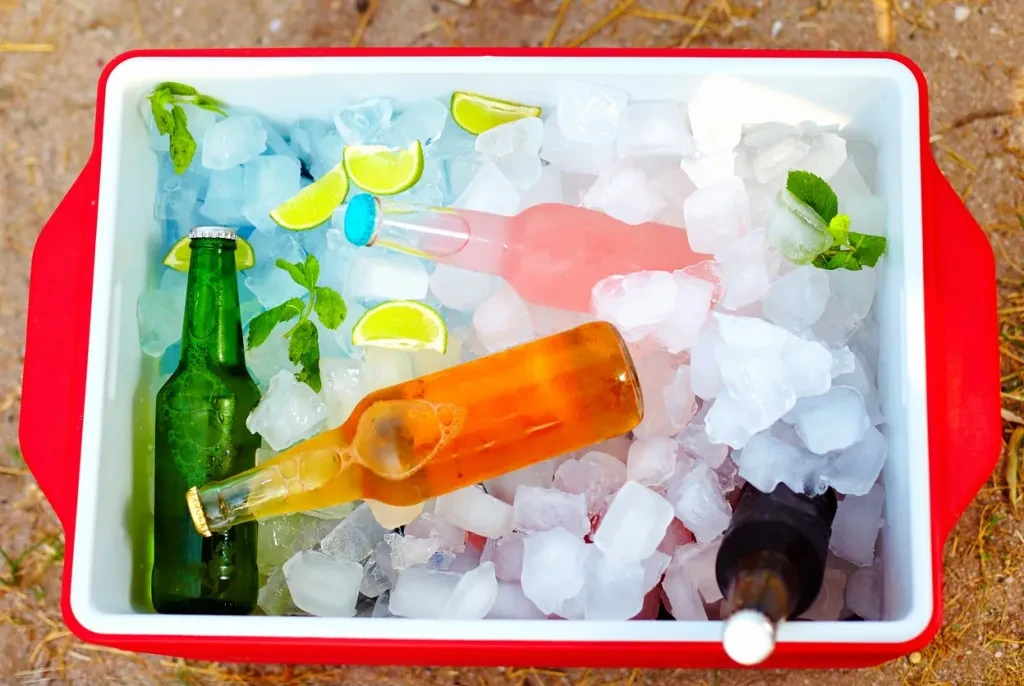
Texture and Materials: The Backbone of Quality
The texture and materials used in soft coolers are fundamental to their performance and durability. High-quality soft coolers often feature a combination of robust fabrics such as nylon or polyester, which are known for their resistance to wear and tear. These materials are often treated with water-resistant coatings to enhance their durability in various weather conditions. For instance, the RTIC Soft Pack Cooler, a popular choice among consumers, utilizes a heavy-duty nylon shell that is both puncture and tear-resistant, ensuring longevity even with frequent use.
Additionally, the interior lining of soft coolers is typically made from food-grade, leak-proof materials that prevent spills and make cleaning easier. The insulation layer, often made from closed-cell foam, plays a crucial role in maintaining the cooler’s temperature. This type of foam is highly effective in minimizing heat transfer, thereby keeping the contents cold for extended periods. According to the “Best Coolers of 2024” report, the RTIC Soft Pack Cooler boasts a two-day ice retention capability, which is impressive for a soft-sided design.
Technological Features: Keeping Cool in Style
Technological advancements have significantly enhanced the functionality of soft coolers. Modern designs incorporate features such as waterproof zippers, which prevent leaks and ensure that the cooler remains airtight. This is particularly important for maintaining the internal temperature and preventing the ingress of warm air.
Another notable technological feature is the integration of antimicrobial linings. These linings inhibit the growth of bacteria and mold, ensuring that the cooler remains hygienic and odor-free. Some high-end models also come with built-in thermometers that allow users to monitor the internal temperature without opening the cooler, thus preserving the cold environment inside.
Customization: Tailoring Soft Coolers to Your Brand
Customization options have become increasingly popular in the soft cooler market, allowing brands to tailor products to their specific needs and preferences. Companies can choose from a variety of colors, patterns, and branding options to create a unique product that stands out in the market. This is particularly beneficial for promotional purposes, as customized coolers can serve as effective marketing tools.
For instance, businesses can have their logos and slogans printed on the cooler’s exterior, turning it into a mobile advertisement. Additionally, some manufacturers offer custom features such as extra pockets, adjustable straps, and personalized compartments to cater to specific user requirements. This level of customization not only enhances the user experience but also helps brands build a stronger connection with their customers.
Functionality and Convenience: Meeting Consumer Demands
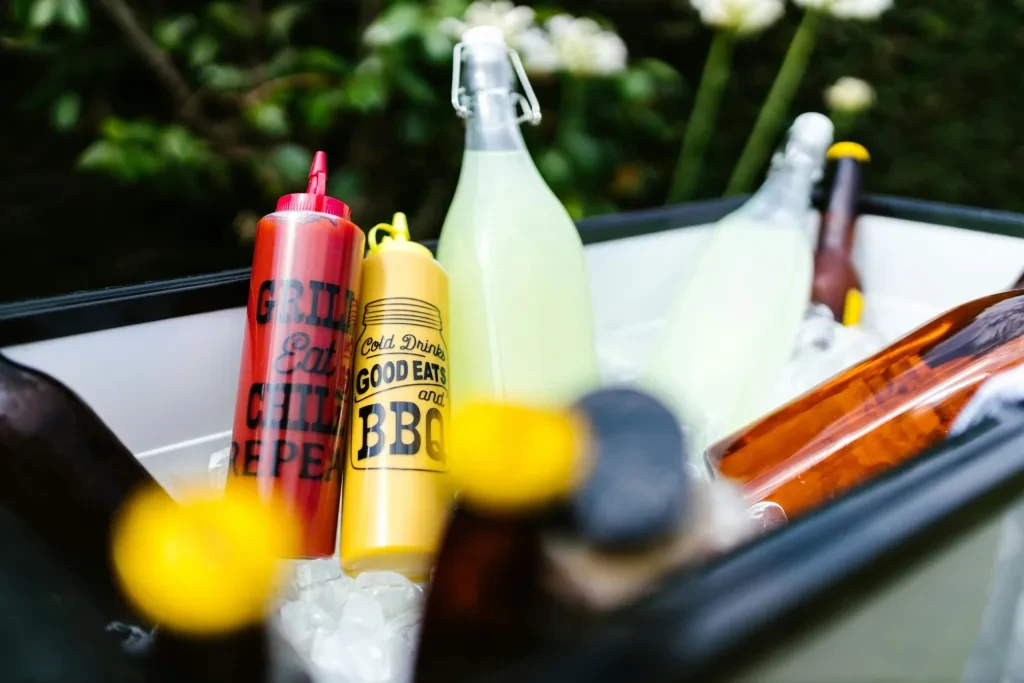
Size and Fits: Catering to Diverse Needs
Soft coolers come in a variety of sizes to cater to different consumer needs. From small, portable options ideal for solo trips to larger models suitable for family outings, there is a soft cooler for every occasion. Multiple sizes usually include 12, 20, 30, and 40-can capacities.
The compact size of soft coolers makes them highly portable and easy to store. They can be conveniently carried using shoulder straps or grab handles, and some models even come with backpack-style straps for hands-free transport. This makes them ideal for activities such as hiking, picnics, and beach outings, where mobility is a key consideration.
Weather Resistance: Ensuring Durability in All Conditions
Weather resistance is a critical factor in the performance of soft coolers. High-quality models are designed to withstand various environmental conditions, ensuring that they remain functional and durable regardless of the weather. The materials used in the construction of these coolers are often treated with UV-resistant coatings to prevent damage from prolonged exposure to sunlight.
Additionally, many soft coolers feature water-resistant exteriors that protect the contents from rain and splashes. This is particularly important for outdoor activities where the cooler may be exposed to the elements. The RTIC Soft Pack Cooler, for instance, is designed to float, making it an excellent choice for water-based activities such as boating and fishing.
Convenience: Enhancing User Experience
Convenience is a major selling point for soft coolers. Their lightweight design and flexible structure make them easy to carry and store, even when fully loaded. Unlike hard-sided coolers, which can be bulky and cumbersome, soft coolers can be compressed and packed away when not in use, saving valuable storage space.
Moreover, soft coolers often come with additional features that enhance the user experience. These may include external pockets for storing small items, bungee cords for securing extra gear, and removable liners for easy cleaning. The Coleman Chiller 42-Can Soft-Sided Cooler, for example, includes multiple mesh pockets and a bungee cord system, providing ample storage options for accessories and personal items.
Seasonality and Cultural Influence on Soft Cooler Trends
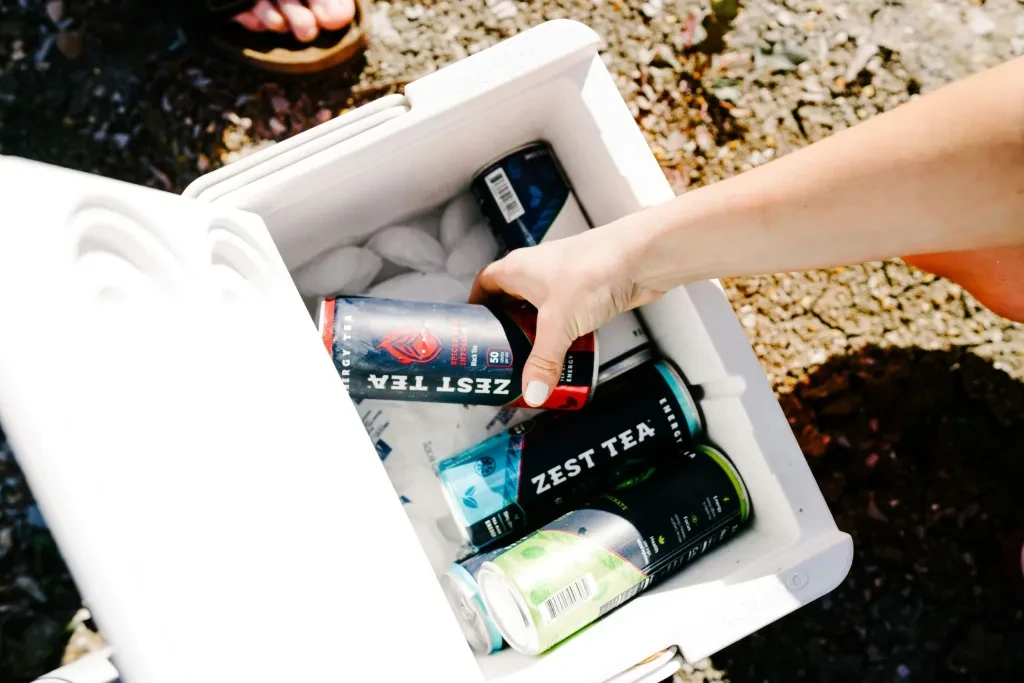
Seasonal Demand: Peaks and Valleys
The demand for soft coolers is highly seasonal, with significant peaks during the warmer months. Sales of coolers typically surge in the spring and summer, driven by outdoor activities such as camping, picnics, and beach trips. During these periods, consumers prioritize portability and convenience, making soft coolers a popular choice.
Conversely, demand tends to decline during the colder months when outdoor activities are less frequent. However, soft coolers still find use in specific scenarios such as tailgating and holiday gatherings, where they serve as convenient solutions for keeping food and beverages cold.
Cultural Preferences: Regional Variations in Soft Cooler Use
Cultural preferences and regional variations also play a significant role in the popularity of soft coolers. In regions with a strong outdoor culture, such as the United States and Australia, soft coolers are widely used for a variety of activities. In these areas, consumers value the portability and versatility of soft coolers, making them a staple for outdoor enthusiasts.
In contrast, regions with less emphasis on outdoor activities may see lower demand for soft coolers. However, the growing trend of urban picnics and outdoor events in cities around the world is driving increased interest in portable cooling solutions. As a result, manufacturers are expanding their product lines to cater to diverse cultural preferences and regional demands.
Conclusion
The evolution of soft coolers has been marked by significant advancements in materials, technology, and design, making them a versatile and convenient option for a wide range of activities. As consumer demands continue to evolve, manufacturers are likely to introduce even more innovative features and customization options, further enhancing the appeal of soft coolers. Looking ahead, the market for soft coolers is poised for growth, driven by the increasing popularity of outdoor activities and the ongoing trend towards portable and convenient cooling solutions.
